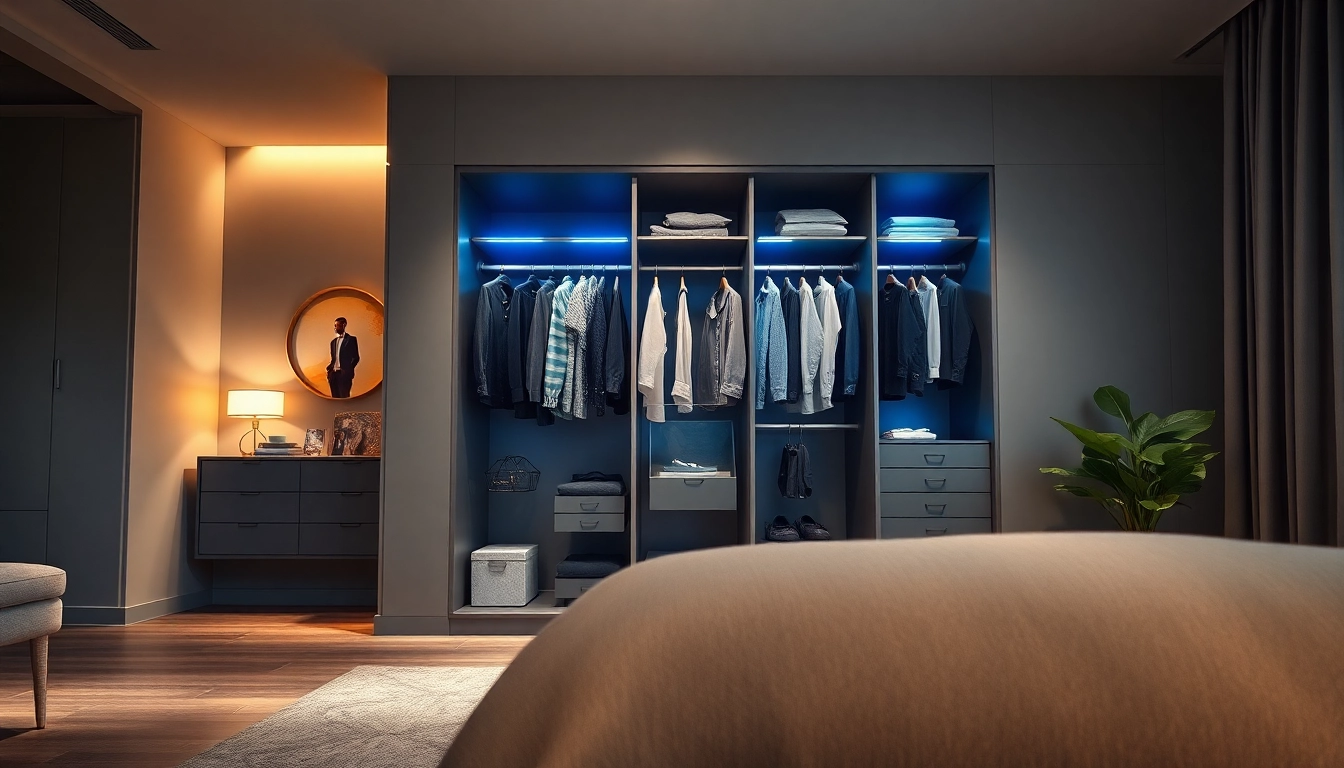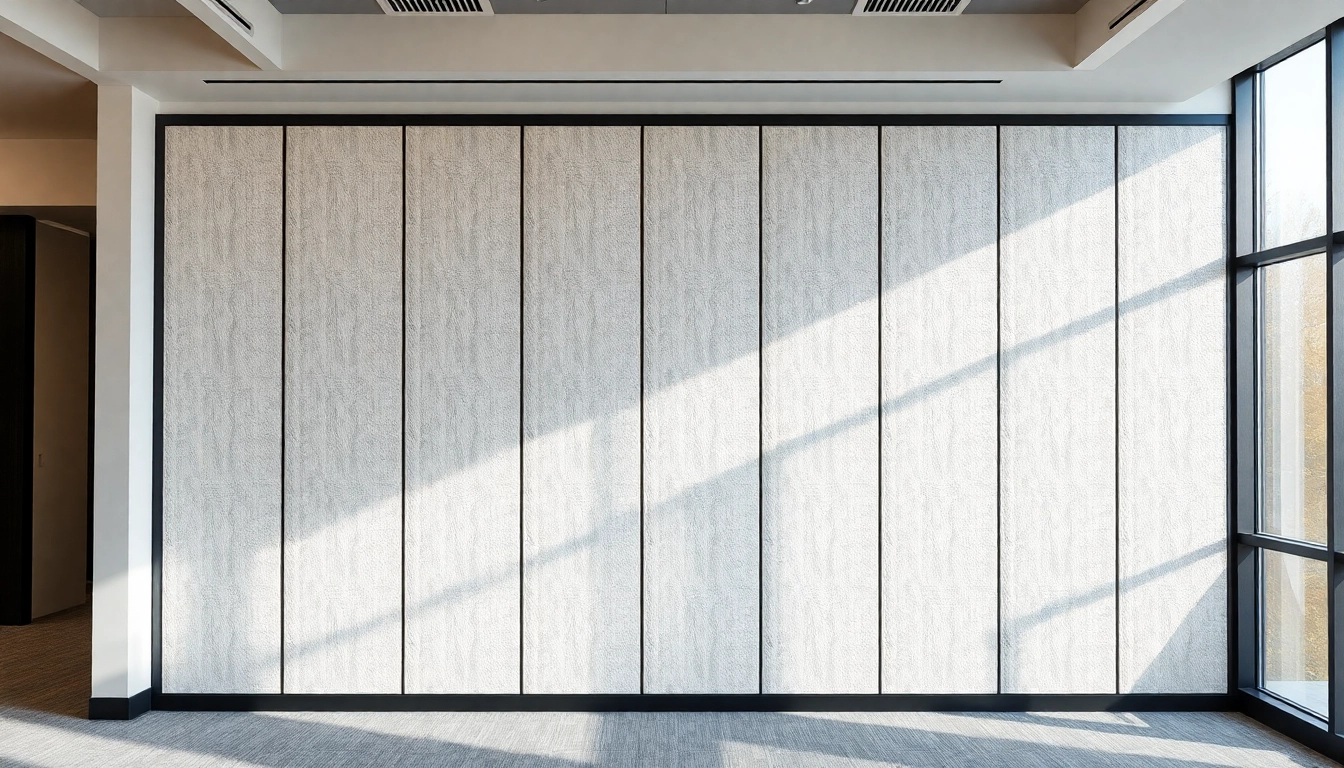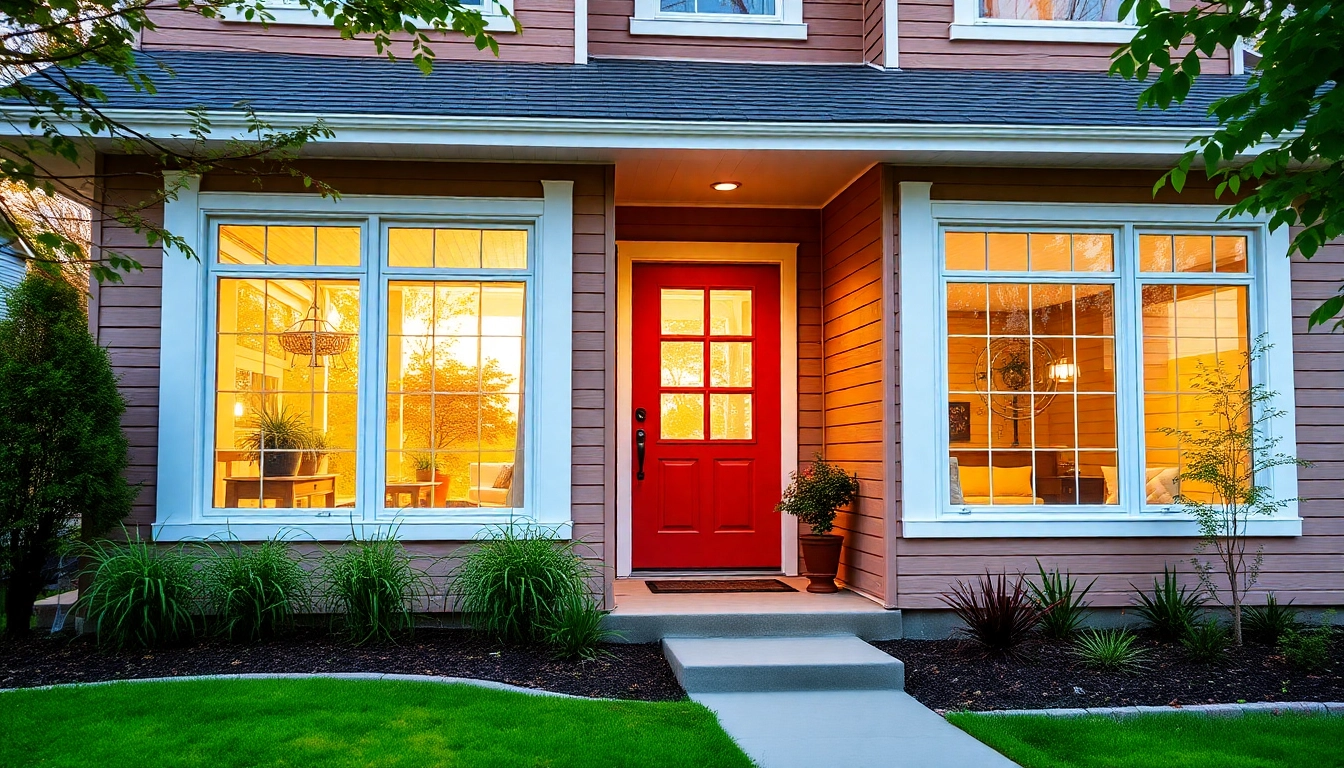The Concept of smart wardrobe
Defining the smart wardrobe and its importance
The smart wardrobe signifies a significant leap in home organization and personal fashion management. At its core, a smart wardrobe integrates technology to enhance storage, improve accessibility to clothing, and streamline the daily dressing routine. Unlike traditional closets that merely serve as storage spaces, smart wardrobes encapsulate modern technology, allowing them to perform various functions – from inventory management to outfit recommendations. This transformation in how we interact with our clothing is not only about practicality but also about elevating the overall user experience to reflect personal styles and preferences optimally.
How smart wardrobe technology enhances daily routines
Smart wardrobe technology effortlessly embeds itself into everyday life, fundamentally transforming how individuals select outfits. For example, many systems use mobile applications that allow users to browse their wardrobes from anywhere. This remote access provides a slew of conveniences: you can plan outfits ahead of time, receive alerts regarding laundry days, and even get notifications for weather-appropriate attire.
Moreover, some smart wardrobes are equipped with sensors that detect what you wear most often or can suggest alternatives based on current fashion trends or upcoming events in your calendar. This tailored approach not only enhances personal expression through fashion but also minimizes decision fatigue, allowing users to focus on more crucial aspects of their day without the hassle of rummaging through their clothing.
Key features and functionalities of smart wardrobe systems
Smart wardrobes come packed with features designed to improve the organization and usage of clothing. Some essential functionalities include:
- Inventory management: Users can keep track of their clothing items, including details like brand, size, and even purchase history. This function helps minimize unnecessary purchases while allowing for thoughtful outfit planning.
- Automated cleaning: Advanced smart wardrobes use innovative features like humidifiers or steam technology to refresh garments, helping to maintain cleanliness and reduce the frequency of dry cleaning.
- Outfit recommendations: Built-in AI can analyze your clothing choices and suggest outfits based on factors such as weather, occasion, or even mood, transforming your dressing experience into a more personalized affair.
Benefits and Advantages of smart wardrobe
Improving organization and saving time
One of the most immediate benefits of utilizing a smart wardrobe is the significant improvement in organization. No longer will clothes be thrown together or piled in a corner; smart features ensure items are stored efficiently. This seamless organizational structure leads to quick access to clothing, effectively saving time during busy mornings.
Additionally, when users can visualize their entire wardrobe digitally, they can create outfits ahead of time, skipping the usual chaos. This proactive approach not only speeds up the selection process but also ensures that users maximize the value of their wardrobe by wearing what they have more often.
Environmental impact and sustainability considerations
Embracing smart wardrobe technology contributes positively to sustainability efforts. By optimizing clothing usage, users are less likely to make impulsive purchases, encouraging a more sustainable approach to fashion consumption. A significant direction is towards a “capsule wardrobe” philosophy, where the focus is on quality over quantity.
Additionally, smart wardrobes equipped with cleaning technologies prolong the lifespan of garments, which reduces waste. Interactive features can also help users be more aware of their purchasing habits, pushing for sustainable choices that leaves a minimal carbon footprint.
Customization options for personal style
The smart wardrobe enables extensive customization features that align with individual tastes and preferences. Users can categorize their clothing in a way that makes personal sense—by color, occasion, or mood. Everyone has a unique style, and a smart wardrobe allows for that to radiate without constraints.
Moreover, the ability to receive tailored outfit suggestions means that users can experiment with their fashion sense without purchasing additional attire. Outfits generated by smart wardrobe systems can inspire creativity in personal style choices, inviting individuals to embrace their individuality.
Challenges in Implementing a smart wardrobe
Understanding technological requirements
While the technology behind the smart wardrobe is impressive, it does require a certain level of understanding and compatibility with existing home networks. Ensuring your wardrobe connects seamlessly to Wi-Fi or a smart home system can be a barrier for some potential users. It is crucial to research and evaluate different options based on one’s existing tech infrastructure.
Moreover, as new software updates emerge, users should be prepared to adapt to remain compatible with the latest features. This ongoing relationship with technology requires an openness to continuous learning.
Cost considerations for homeowners
Smart wardrobe systems can represent a significant investment. Costs can be associated not only with the wardrobe installation but also with maintenance and periodic upgrades. Budgeting for these expenses can pose challenges for many homeowners, so it is vital to weigh the benefits against these potential costs beforehand.
Investing in quality products that offer longevity and favorable warranties can minimize long-term expenses. Furthermore, users must consider the overall efficiency that smart wardrobes provide, which could potentially save valuable resources over time.
Overcoming space constraints in small areas
In urban environments or small homes, space can be limited. Smart wardrobes are not always designed to fit smaller spaces; however, innovative designs and functionalities can aid those with space constraints. Solutions can include modular designs that can adapt to various spaces or systems that optimize vertical space.
Additionally, strategies like outsourcing seasonal clothing items can help maximize the utility of a smart wardrobe. Users can integrate storage for off-season clothing in a way that preserves accessibility while maintaining an organized appearance.
Best Practices for Using a smart wardrobe
Maintaining your smart wardrobe for longevity
To ensure the longevity of your smart wardrobe, regular maintenance is key. This involves not only cleaning the wardrobe itself but also taking care of the technology aspects. Following manufacturer instructions for updates, routinely checking the sensors, and maintaining software will keep the system functioning optimally.
Moreover, users should perform routine wardrobe audits; ensuring clothing items are still in line with personal style and functionality helps keep the collection dynamic and relevant.
Tips for optimizing space and organization
Smart wardrobes offer many features to optimize organization; however, users can take additional steps to ensure that the space is as functional as possible. Grouping similar items together, organizing them by frequency of use, and applying storage bins for smaller accessories can make a significant difference in minimizing clutter.
Incorporating adjustable shelving and hangers can also aid adaptability as wardrobe contents change over time. A tailored approach ensures that the wardrobe maintains a functional aesthetic in both style and usability.
Integrating smart wardrobe with existing home technology
A smart wardrobe is most effective when integrated into the broader ecosystem of home technology. This includes connecting to smart lighting, voice-activated assistants, or other smart home features that complement the wardrobe system. A holistic approach provides a seamless experience.
Cross-compatibility with existing smart home setups dramatically enhances the user experience and empowers interactions through automation. Additionally, keeping an eye on emerging technology trends can inspire new integrations that enhance the wardrobe’s functionality.
The Future of smart wardrobe Design
Trends in smart wardrobe innovation
The future of smart wardrobe design looks promising, with increasing emphasis on personalization and AI-driven functionalities. Innovations such as augmented reality allow users to visualize how they would look in various outfits without stepping into their wardrobes.
Moreover, advancements in fabrics and textiles that can clean themselves or change color based on the user’s preferences will elevate the smart wardrobe experience. Users can seamlessly transition between styles without needing to curate multiple outfits actively.
How artificial intelligence shapes wardrobe experiences
Artificial Intelligence plays a pivotal role in shaping the smart wardrobe experience. As machine learning algorithms grow increasingly sophisticated, they will provide deeper insights into personal style preferences, suggesting outfits tailored to user behavior, trends, and even mood analysis.
This level of customization offers users a uniquely transformative experience with their wardrobes, creating a symbiotic relationship between user behavior and fashion choices over time.
Predictions for smart wardrobe in the next decade
As technology continues its rapid evolution, we can anticipate a shift towards more ecological and user-friendly smart wardrobe designs in the next decade. Integration with personal stylist services and even wardrobe-sharing applications may become commonplace as communities lean towards shared experiences in fashion utilization.
Moreover, as sustainability becomes a more substantial concern for consumers globally, smart wardrobes may integrate into circular fashion practices, allowing users to track wear cycles and even swap or sell clothes within their digital platforms. This evolution in design philosophy emphasizes collaboration, community, and sustainability—principles that modern consumers increasingly value.


